
It’s daylight saving time
When researchers examined three years of Michigan hospital records to track the number of heart attacks that required stent insertions, they found that the frequency of these procedures fluctuated when Daylight Saving Time started and ended. On the Monday after “springing ahead” an hour, there was an 24 percent increase in heart attacks. (However, on the Tuesday after “falling back,” there were 21 percent fewer daily heart attacks).
Since the total heart attack counts for those weeks were not drastically different from other weeks, researchers determined that the time changes didn’t necessarily make the heart attacks happen, but rather made them likely to occur sooner than they otherwise would have. This is probably due to disrupted sleep-wake cycles and increased stress at the start of a new week of work.




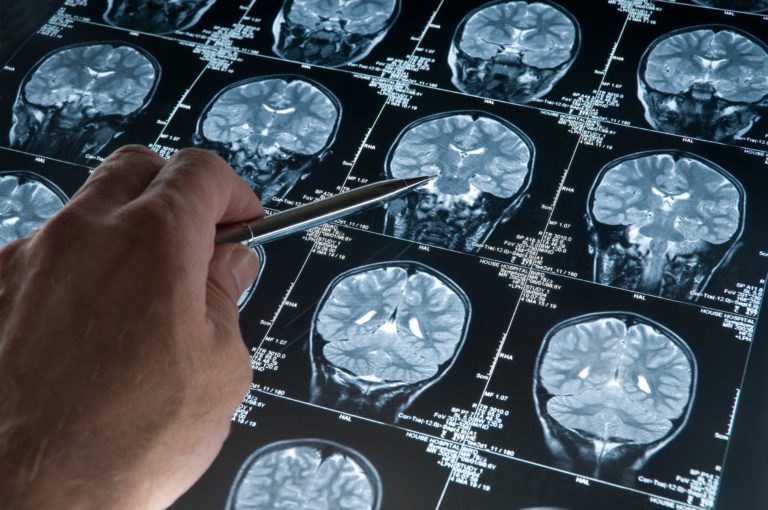
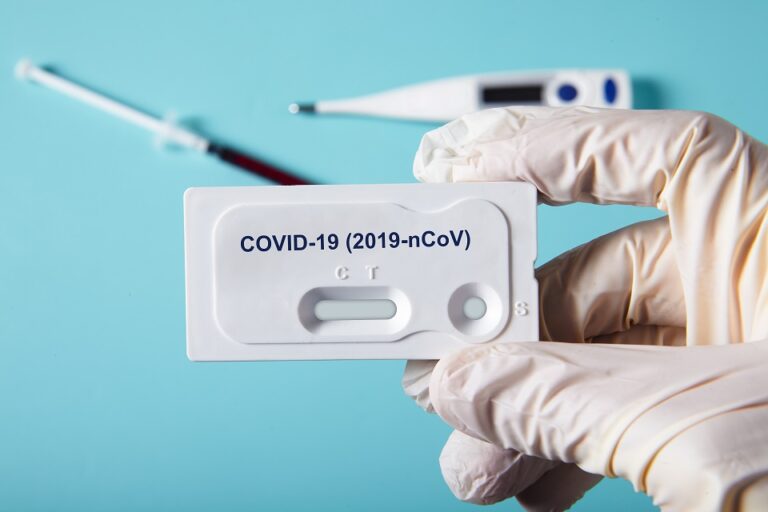
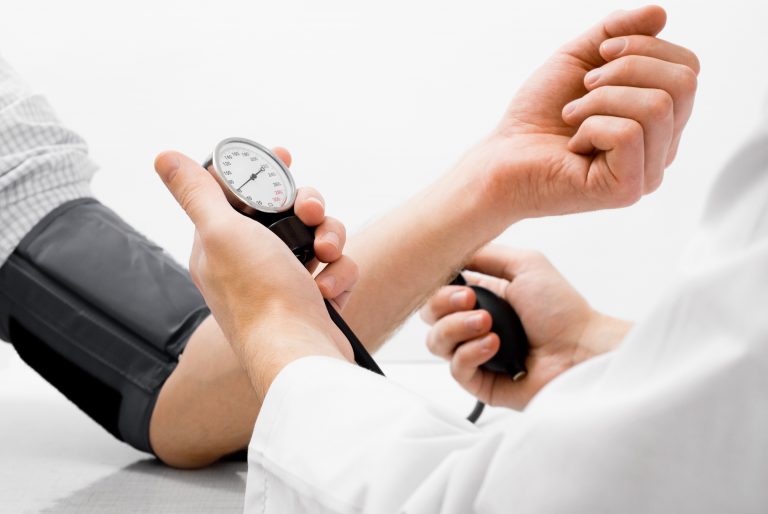



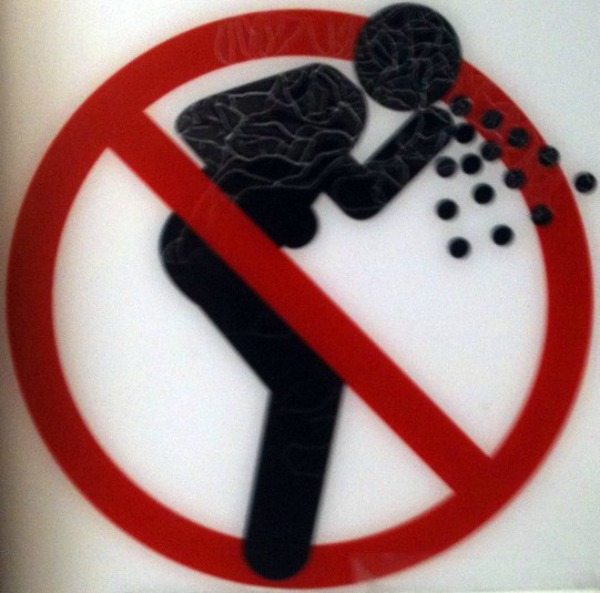





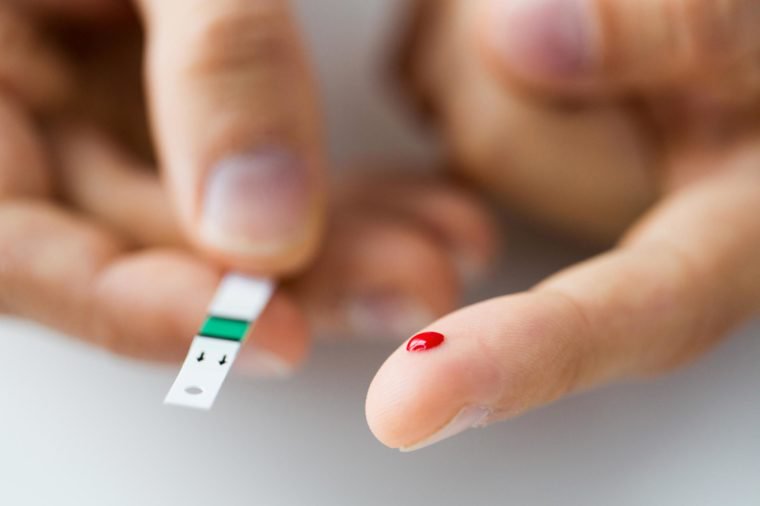









1 thought on “9 Unexpected Signs That Can Lead to Heart Attack”
Good article